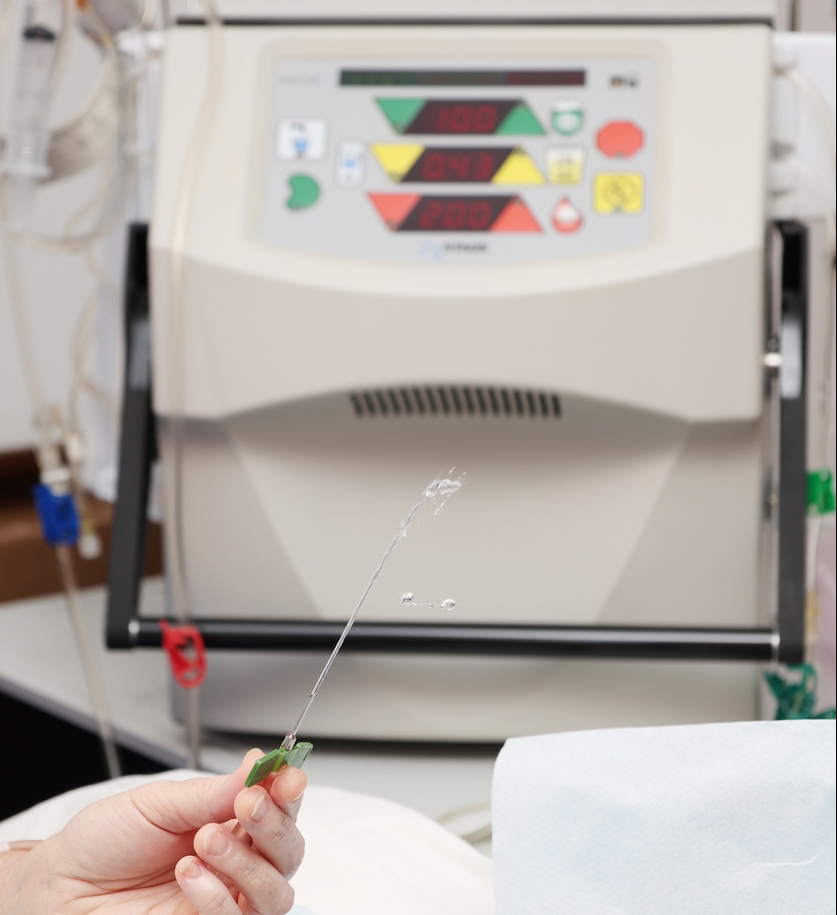Summary by V. Scantlebury, MD, FACS
Home dialysis modalities, which include home hemodialysis (HHD) and peritoneal dialysis (PD), offer several benefits for patients with end-stage kidney disease (ESKD). Home dialysis is associated with improvements in blood pressure, less issues with mineral metabolism, better sleep quality and improvement of left heart enlargement. It also allows patients the flexibility of adjusting their own dialysis schedule with more time and less cost of traveling to the dialysis center.
However, despite these advantages, only 2% of all dialysis patients in the d U. S. and 3-6% in Canada are on HHD. The authors from a recent study point out that despite the increasing efforts to encourage home dialysis, there is a greater need to understand why patients fail therapy and switch to a different modality such as PD or in-center HD. This is labeled as technique failure (TF). 1. Risk factors such as patient characteristics can contribute to TF in HHD, and some factors listed are older age, cardiac disease, diabetes and alcohol or drug use.
They also found that patients with polycystic kidney disease and those listed for kidney transplantation were less likely to discontinue HHD.
Smaller-size dialysis facilities were also shown to be associated with discontinuation of HHD.
Medical and psychological reasons were found to be the main causes of discontinuation not just in HHD but also in PD. While medical instability, adverse events and caregiver and patient burnout were the main reasons for discontinuation in HHD, peritonitis, mechanical issues and inadequate dialysis were those listed for PD failures.
Many of the psychological reasons given were: family dynamics, lack of caregiver support, interference with home life, inability to cope with stress and lack of motivation and confidence. Although patients are informed of the benefits and the potential risks of HHD, one cross-sectional survey conducted showed that many felt they were unprepared due to a lack of education. Fear of self-cannulation is a significant reason for discontinuation of HHD therapy in some self-care patients, as seen in other studies.
The authors point out that to have better success with HHD, dialysis centers should have in place programs that examine the rates of discontinuation as a performance indicator and use this information to put in place quality improvements initiatives that can ensure better outcomes.
Finally, another strategy for preventing treatment failure is to have in place a “facility equipped with experienced staff dedicated to HHD, a complete multidisciplinary staff including social workers, dieticians, nurses, and physicians who offer maximum support to the patient and their caregivers are all factors that may contribute to a lower risk of treatment failure.” Emphasis should be placed on developing programs that focus on a “patient-centered approach by, first and foremost, addressing patients’ concerns and priorities.”
This summary was completed by Dr. V. Scantlebury and does not summarize all the major points of the article. Only some highlights are covered here. For the entire article, please visit https://www.ncbi.nlm.nih.gov/pmc/articles/PMC10337160/
Reference:
BMC Nephrol. 2023; 24: 205.
Home hemodialysis technique survival: insights and challenge.
Published in BMC Nephrology, July 11, 2023
Authors: E.Tran; O Karadijan; et al.




